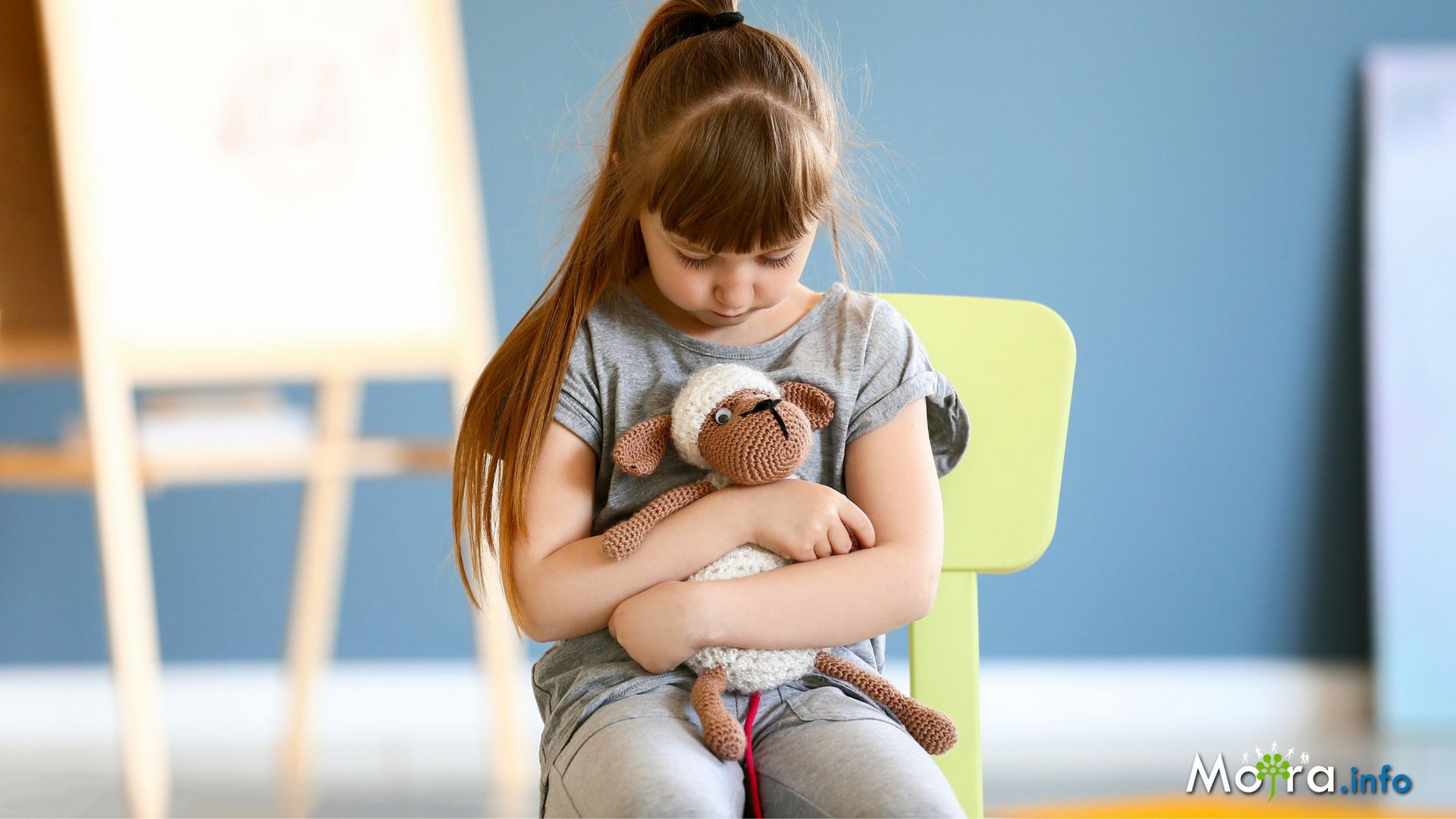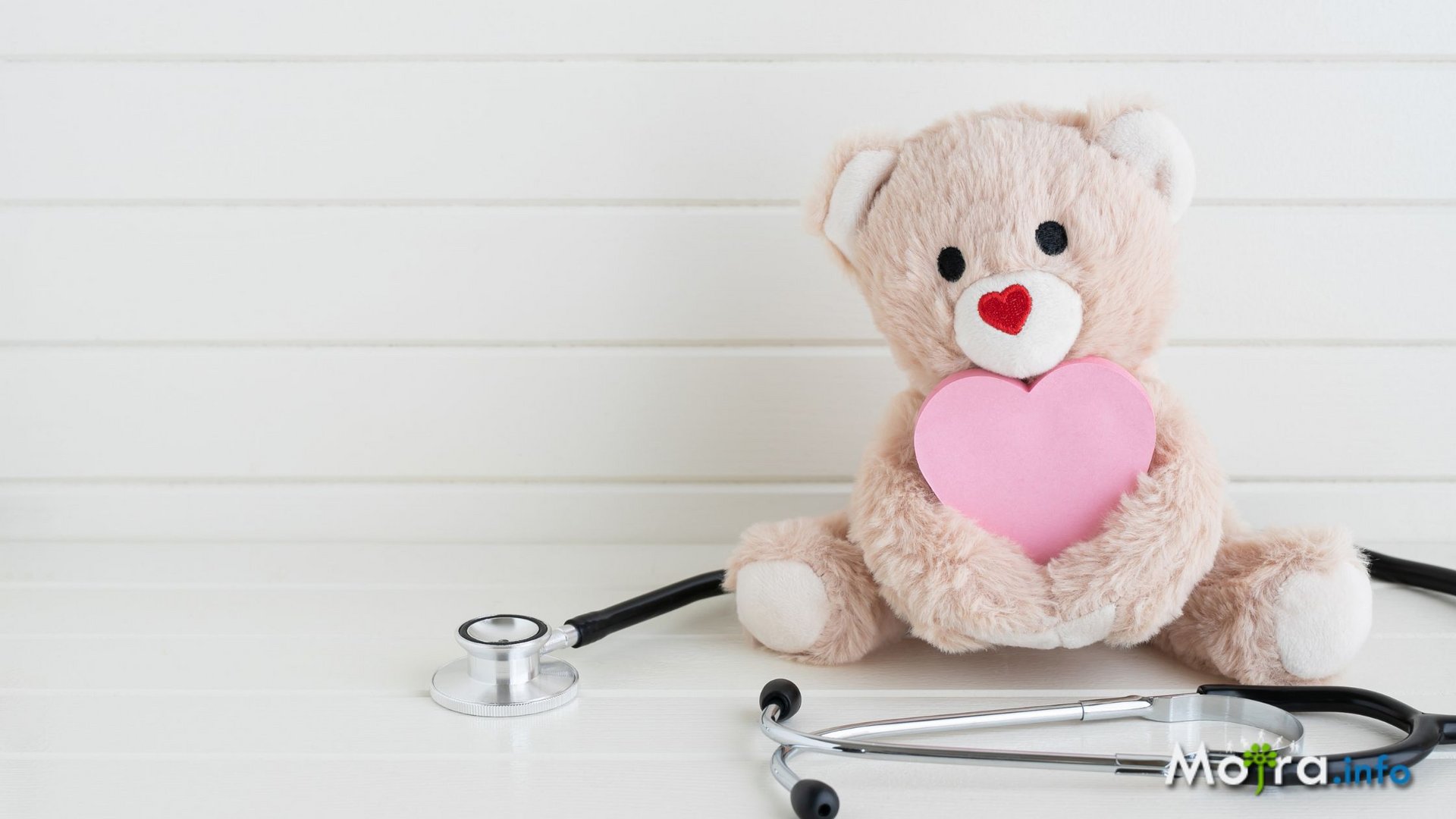Self-harm
is intentional hurting yourself by various ways. It is often called like the
cut wrist syndrome which is developed under the influence of strong emotions
such as anxiety, inner confusion, guilt, anger...
The
self-harm people is easy to recognize at the first sight according to the style
of their clothes (the long trousers/skirts, emo), behavior (silent introver)
and especially according to bandaged wrists (bracelets, cloths). The self-harm
can be a one-time affair but it can change also into an addiction and it is not
easy to stop.
Through self-harm, many
adolescents try to make an attention to a problem, mostly of a psychological
character, that they cannot deal with it. This is a very dangerous
"hobby" what parents should definitely not overlook. It can have
really serious consequences, from health problems to suicidal thoughts /
attempts.
Many faces of pain:
• cutting
• burning
• pulling out the hair
• biting
• skin piercing
• eating the pills
• rubbing the skin into the blood
Cuts and burns are typically performed on the wrists and forearms, but feet,
legs and other parts of the body are no exception.
Why do children hurt themselves?
Adolescents between
13 - 18 years old used the self-harm like the means for overcoming
obstacles, problems and they try to get the attention of the others or just to
differentiate themselves from others.
The victims of sexual and physical abuse have negative relationship to their
own bodies and they take self-harm like a punishemnt.
The self-harm often adds to various mental illness as another problem. Children
and adolescents with self-harming tendencies usually do not suffer from any
serious mental illness, but beacuse of a consequence of anxiety and depression.
Girls and women are
more prone to self-harming tendencies. It is largely due to their natural
tendency to self-blame and touchiness.
Various problems in the family, among peers, negative experiences or emotional
distress can also lead to self-harm. Lack of interest and understanding from
the part of parents, quarrels, problems with communication, divorce of parents,
dysfunctional family, neglecting, domestic violence, death of parents,
disagreements with friends, standing out from the team, trying to fit, desire
for attention, abuse, bullying, sexual abuse, effort to overcome mental
suffering with physical pain, feelings of guilt, loneliness, helplessness,
stress, emotional distress, problems with adolescence, the desire to punish
someone close, etc.
Whatever
is the cause of self-harm, it is a really serious problem. We have already
mentioned above that, these self-destructive attempts and manifestations can
lead to suicide. That, what could firstly start like a kind of demonstration
against the lack of interest of the surroundings, will sooner or later turn
into a serious addiction, which can be accompanied by overuse of alcohol and
other drugs. From the field of physical health, the self-harm can bring the
considerable risk, the wounds can be inflamed, they can be deep, or they do not
heal, etc. In any case, you will have the scars of self-harm for the rest of
your life. You will not remove them, even if you try to cover them.
How to prevent it?
The basis of prevention is not to look at this problem as a
social taboo, but to talk about it in the family and also at school.
Communication is the best way to prevent self-harm. That's why always
lead your children from an early age to not be afraid to express their
feelings and fears. They have to face them and solve them constructively.
Where to look for the help?
The most effective solution is to look for the professional
help. Psychologist is focuse on finding the causes which lead the people to
self-harm and to the elimination. The means of coping the trauma is therapy in
various forms, focuse on family and social relationships, such as the method
of American psychologist M. M. Linehan,
who is known by the acronym DBT (Dialectial Bahavioral Therapy). In some cases,
therapy is supplemented by some medication.
Whatever form of treatment is chosen, it is necessary
to realize that this is not a short-term matter. The one must change the
behavior and learn to manage problems and emotions in a reasonable way, which needs
the time.
How
parents can help to their children?
Here are some advices
to help if you find out that your child prone to self-harm
·
Do
not blame, criticize, reproach or condemn
·
Show
to your child that you care
·
Strengthen
mutual relations, create common positive experiences (go to cinema, make
a trip, walk…)
·
Do
not force your child into a self-harm conversation, wait till the child say it
to you alone
Some
advices for children, adolescents:
Every suffering has
its solution. Although, firstly it can seem impossible but everything can be
handled. Over the time, negative feelings will begin to weaken.
There are some other
options. Instead of cutting yourself and other harming, you should to look for
some healthier way to manage your emotions, such as shouting in a pillow,
swearing aloud, getting angry, confiding in paper, drawing, dancing, running,
etc.
Self-harm is only
temporary relief, but it will not solve the problems.
The important thing
is to not stay alone! If the parents, friends or somone close cannot help
you, the best solution is to ask for some help of the professionnal. You can
discuss the matter with one of our skilled psychologist
You've just read an article: CUT WRIST SYNDROME: Self-harm in children and adolescents





























Enter your comment.